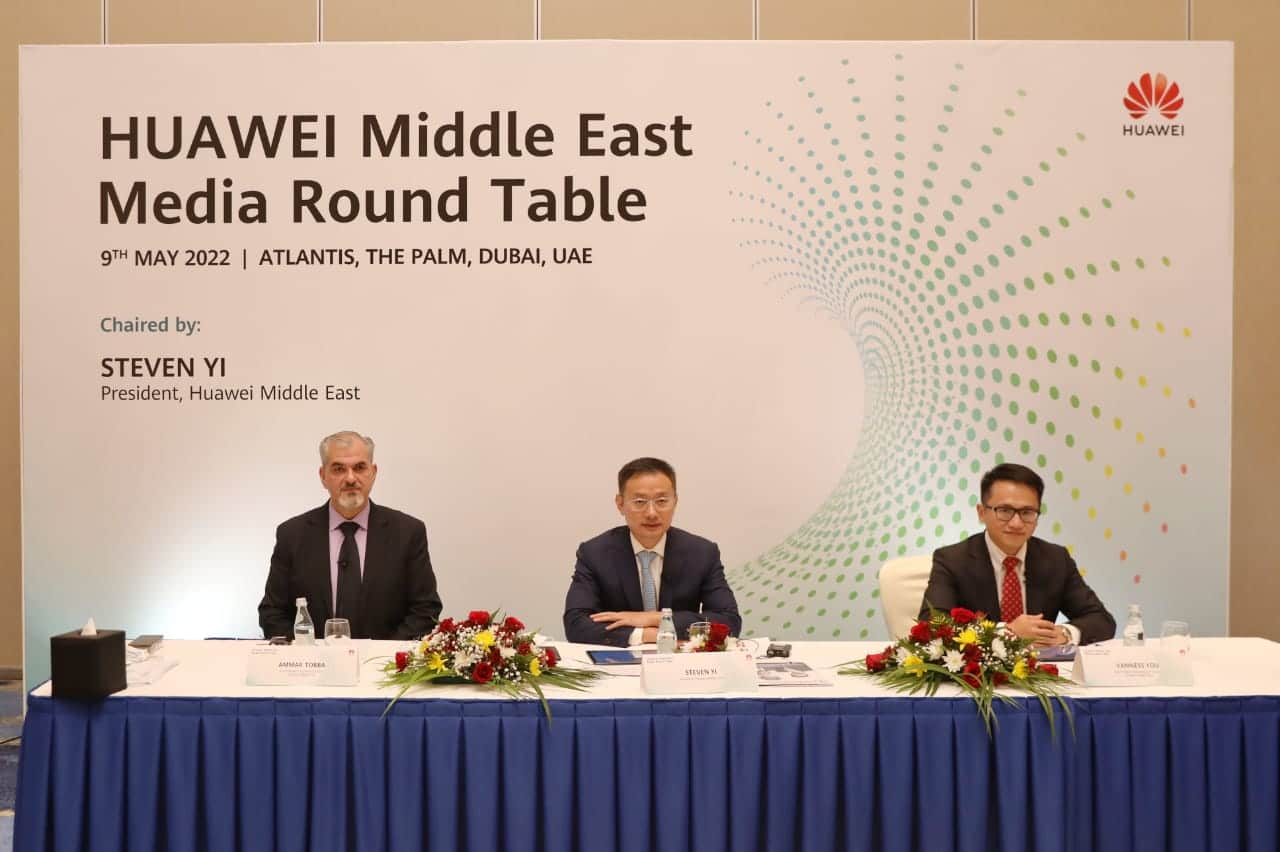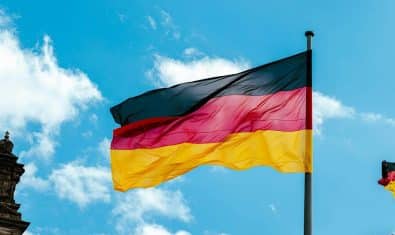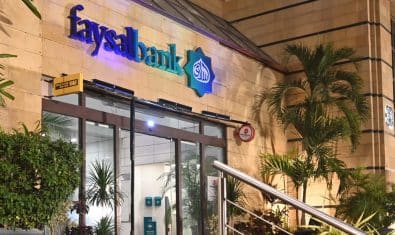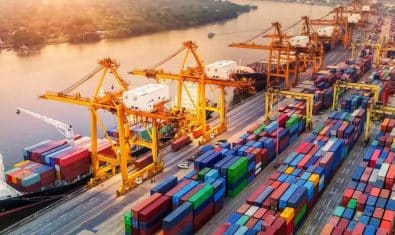4G technology still has more potential to satisfy the need of users in Pakistan at this stage in time, instead of investing in 5G, mainly due to the fact that the majority of the applications and businesses in the Pakistan market are sufficiently entertained by 4G networks, said Mr. Steven Yi, President of Huawei Middle East, in a conversation with ProPakistani in Dubai, UAE.
Mr. Steven said that considering the ecosystem, the bandwidth demand, and the upcoming outlook, it’s important for operators to consider their ROI before making any calls for 5G rollouts.
“I personally think that now it is more important to develop 4G and take the best advantage of 4G in Pakistan. At the same time, 5G can be a technology that the operators can monitor and test in the hot spot areas or in major cities”, said the President of Huawei Middle East.
Mr. Steven further explained that 5G deployment is an end-to-end solution and is not just about base-station up-gradation. This essentially means that operators will have to upgrade their core network and all other components of the network to be able to offer true 5G services, which is a huge ask in terms of investment.
For a market like Pakistan, Mr. Steven further explained, the true benefit of 5G – and its associated high cost – will only be possible if the ecosystem is equipped with large-scale digital solutions.
“If we look at Pakistan’s telecom industry, it’s very competitive in nature, such as the ARPU (Average Revenue Per User) for telecom operators is one of the lowest among the world, and therefore it’s very difficult for the operators to survive and make a profit. In my experience, it will be very difficult for them to make large investments to deploy 5G, therefore my personal recommendation is that the attention should be placed on encouraging the adoption and utilization of the 4G network, which is sufficient for the majority of the regions in Pakistan, and to deploy 5G in the hotspot cities”, said the Middle Eastern head of Huawei.
It may be recalled here that the Pakistani government is gearing up to auction spectrum for 5G rollouts early next year. However, considering the prevailing economic situation, the operators are seemingly reluctant to the idea.
This is mainly due to the fact that Pakistan’s 4G adoption is currently around 42% of mobile phone users, while the global standard for 5G rollout is to have at least 70% of mobile phone users on 4G networks.
Additionally, there are severe spectrum issues when we look at potential 5G rollouts in the country. For instance, the optimum spectrum for 5G is usually in the bands of 2300, 2600, and 3500 MHz bands.
However, in Pakistan, the operators have already paid a hefty fee for 900, 1800, and 2100Mhz bands for their earlier 2G, 3G, and 4G networks. This essentially means that in order to launch 5G services, operators will have re-invest from scratch in better spectrum bands or may have to abandon earlier purchase spectrum to offer better quality 5G services.
Huawei officials, while discussing the potential of the 5G network in Pakistan, were also concerned about less than 1% of 5G handset adoption in Pakistan. Which is way below the recommended threshold.
It’s not that 5G handset adoption can pick up quickly, mainly due to the fact that 5G devices are yet expensive and affordability of these devices is a big challenge for the majority of users in Pakistan.
And above everything else, just less than 12% of Pakistani telecom cell sites are connected with fiber, whereas other countries where 5G is deployed have at least 60% of their cell sites connected with fiber option.
This means that in order to deploy the 5G network, operators will have to upgrade their core, sites, and the backhaul network as well. Which is a hefty ask for any market, regardless of the size, magnitude or the ARPU. Building infrastructure, such as connecting cell sites with fiber optic, is expensive and requires operators to invest heavily in addition to high taxes and duties on fiber-optic equipment.
And considering the ongoing economic crisis in the country, it seems unlikely for the government to revise taxes on telecom services, or the equipment that operators must procure to upgrade their network.
Considering all this, it’s best for Pakistani operators and the government to fully capitalize on 4G potential, before making a move to 5G network.
“Pakistani operators can start preparing for 5G by complexly overhauling the business model with the inclusion of B2H and B2B services and by manufacturing 5G compatible handsets in the country to reduce entry cost for masses. Moreover, improve 4G coverage and experience to create need for 5G in the top cities at least”, concluded Steven Yi, President of Huawei Middle East.






















پہلے پورے پاکستان میں 100 فیصد موبائل سگنل تو پہنچا دو۔ ملک کے بہت سارے علاقے ابھی تک موبائل سگنل تک سے محروم ہیں۔
Agree, even Rawalpindi mai signal ka issue rehta, awaz mainkhar khar ati
Focusing on LTE instead if plain 4G will help a lot, also these networks should focus on call quality and tech like VoLTE and better backends.
Guess 5G is a long shot for us after seeing these numbers…. Though it would still be great if 4G could offer 100mbps instead of 25 like in other countries.